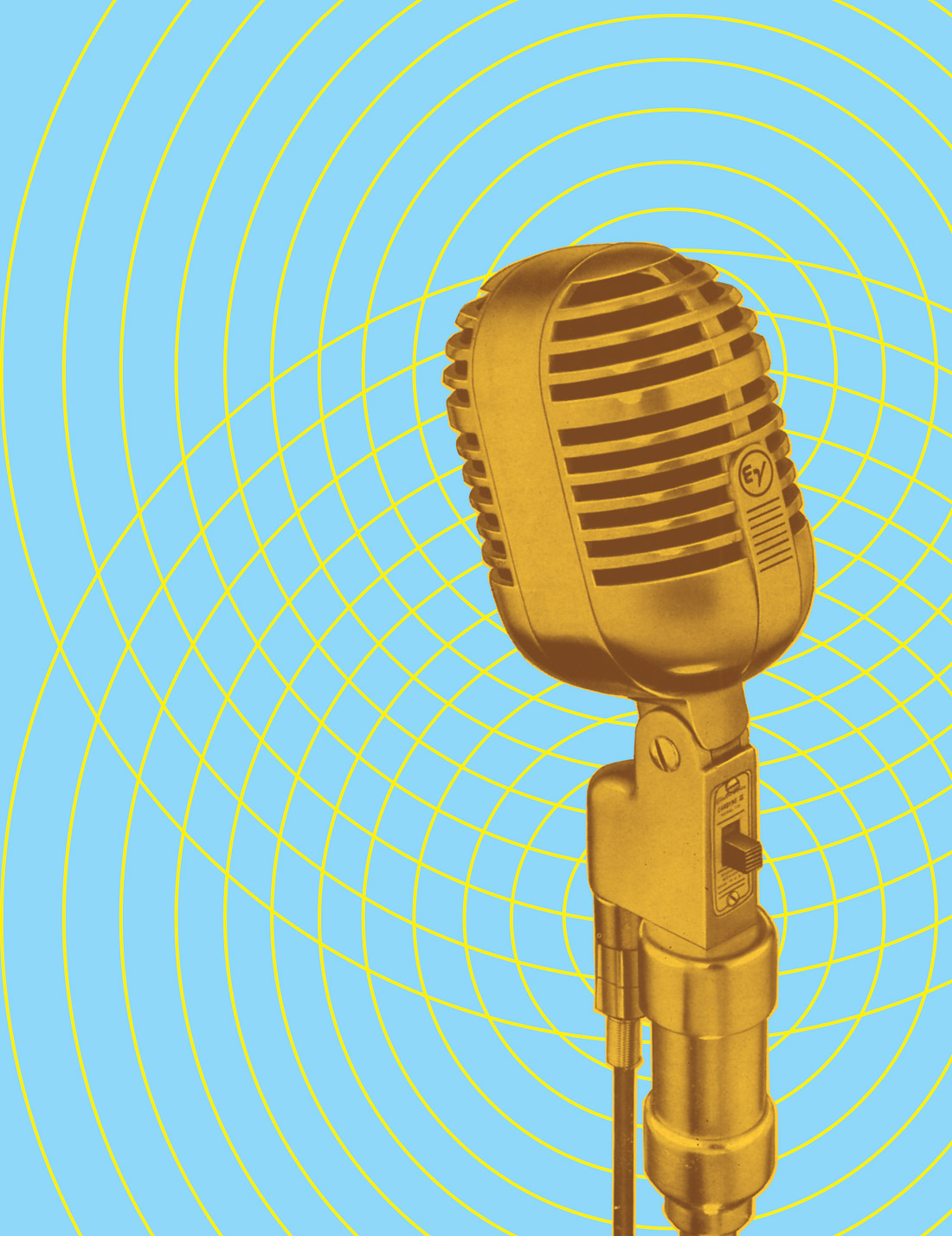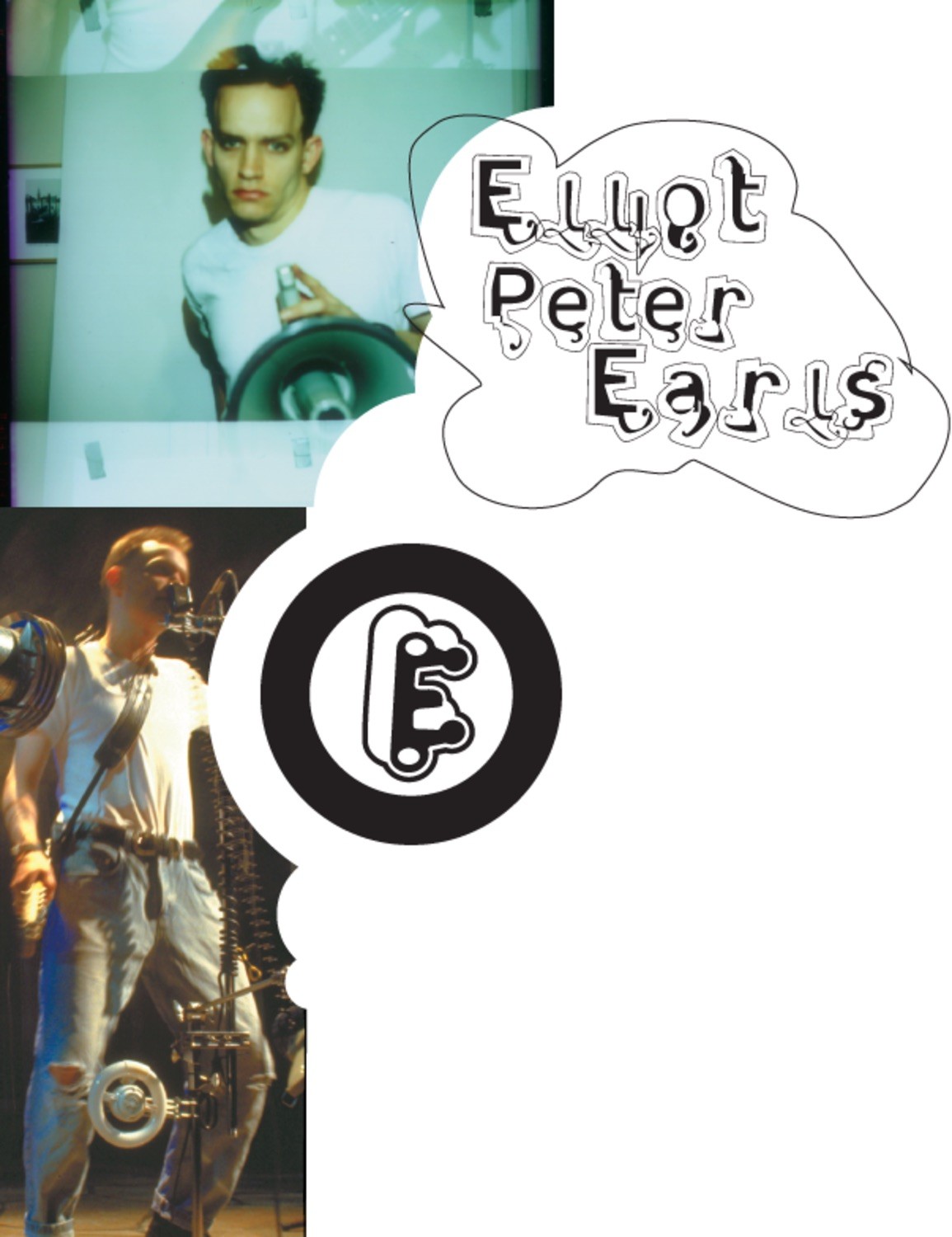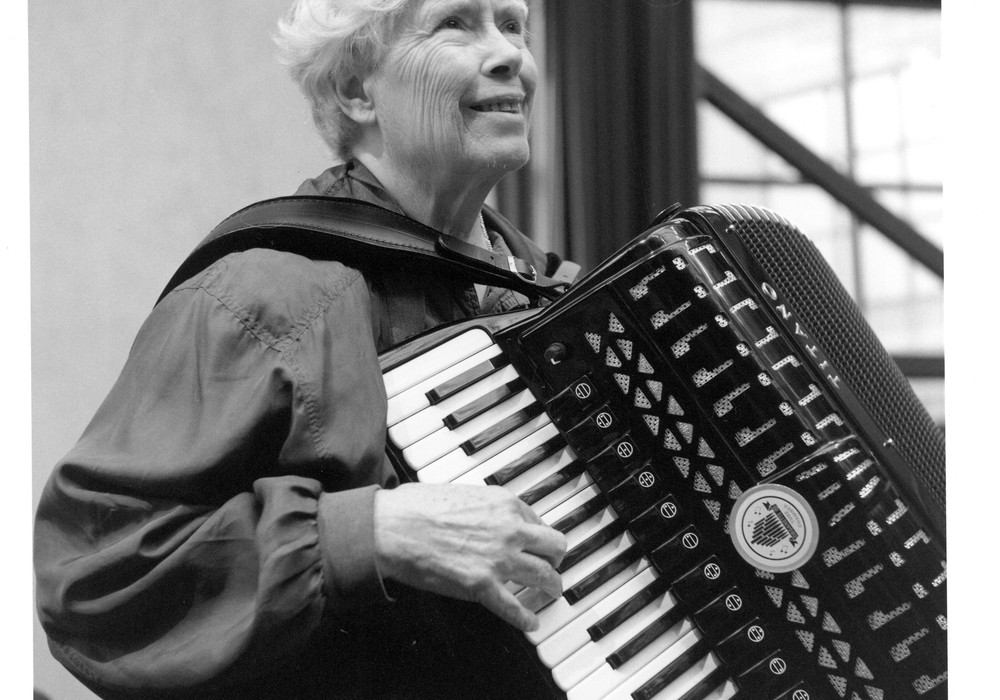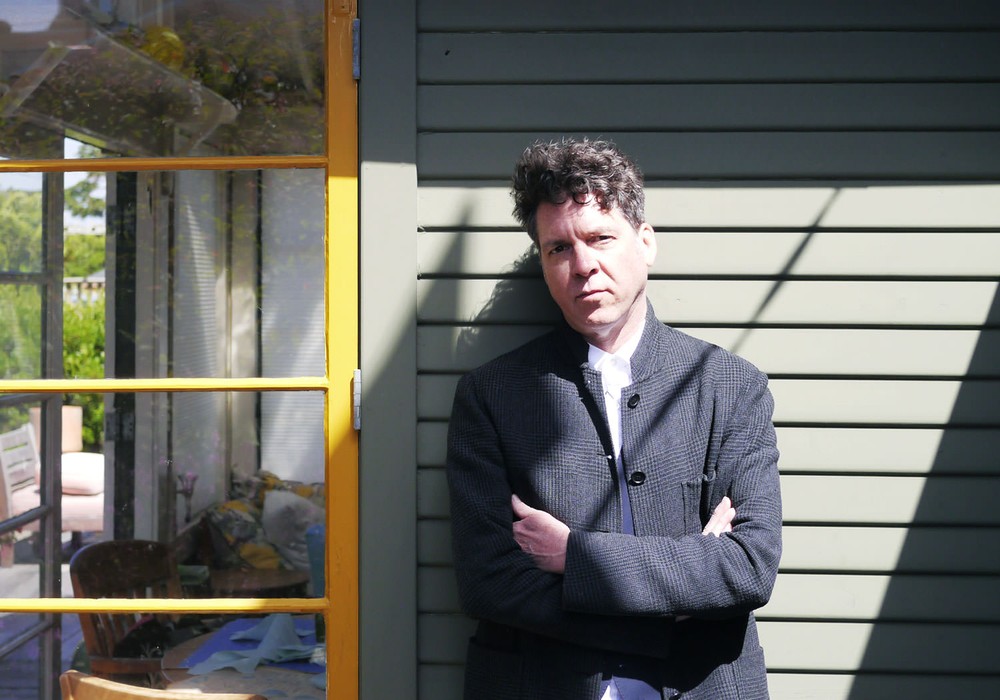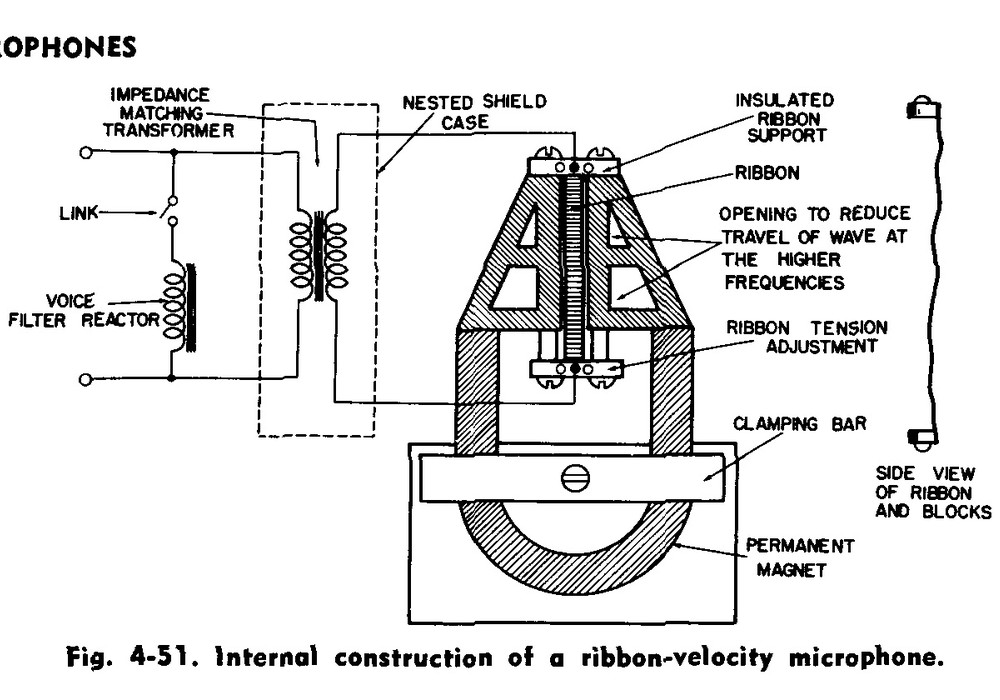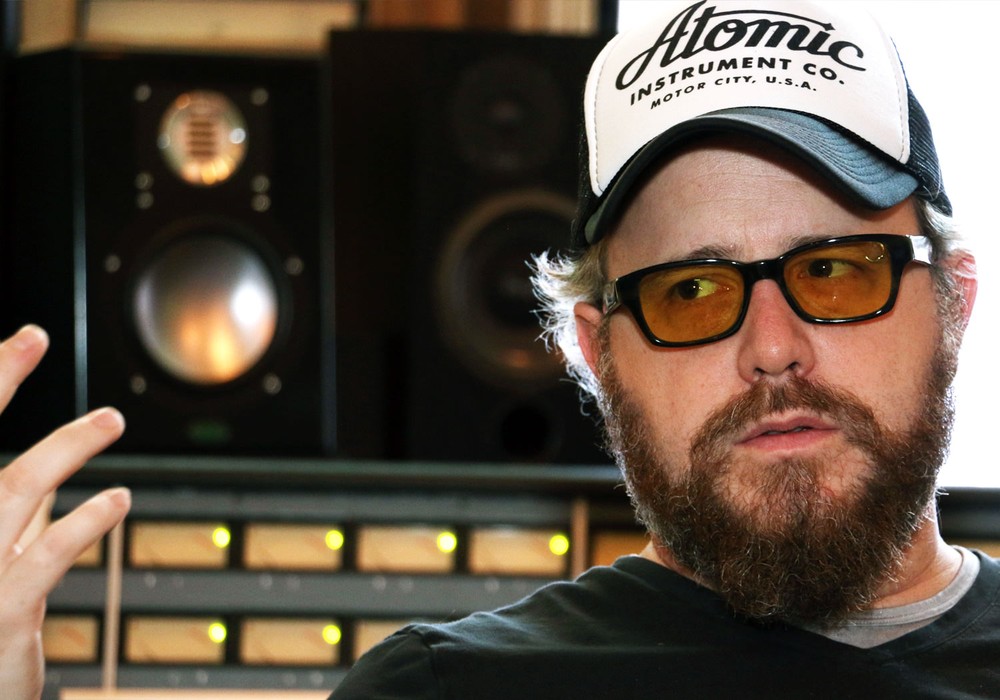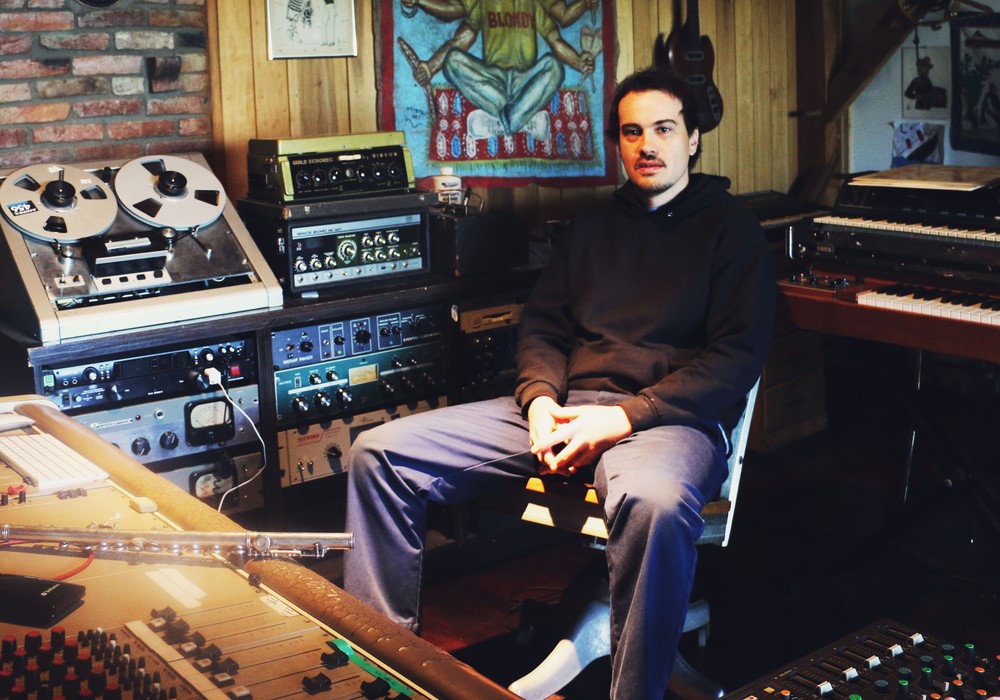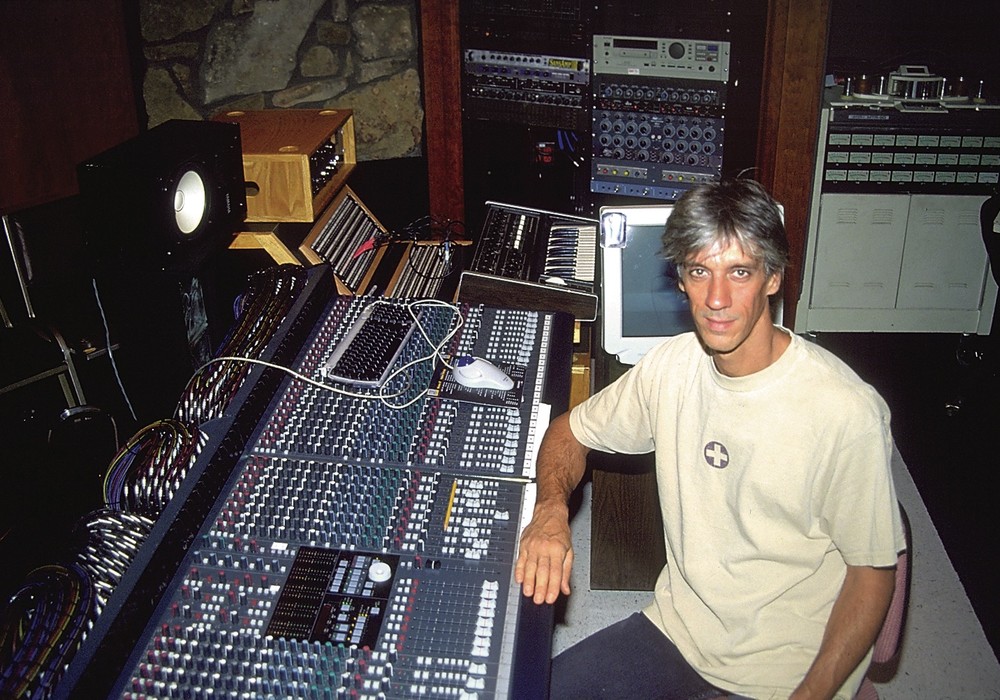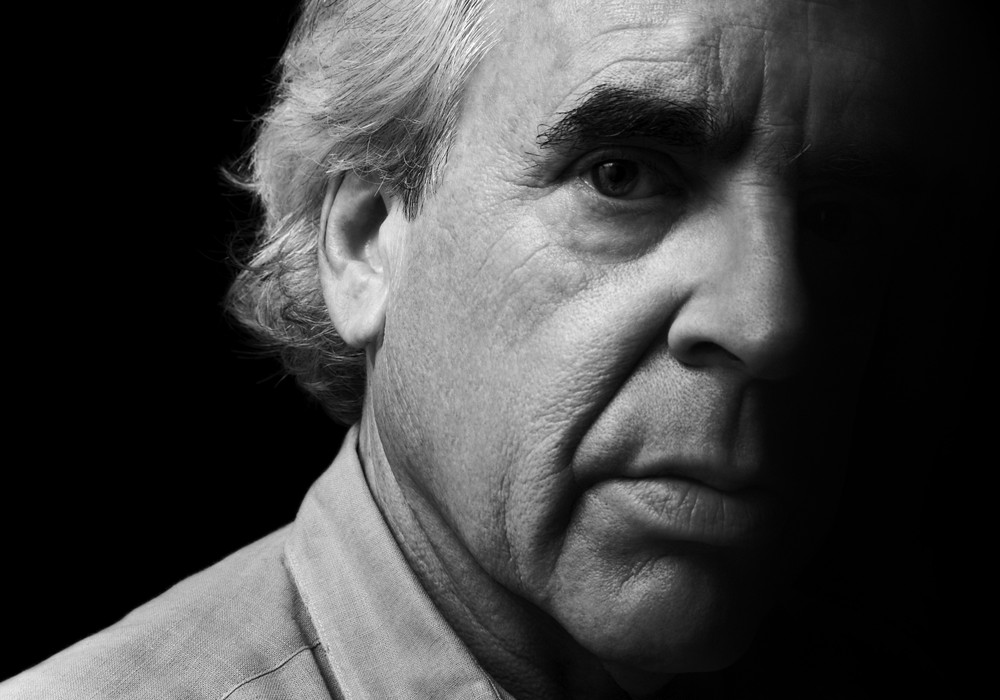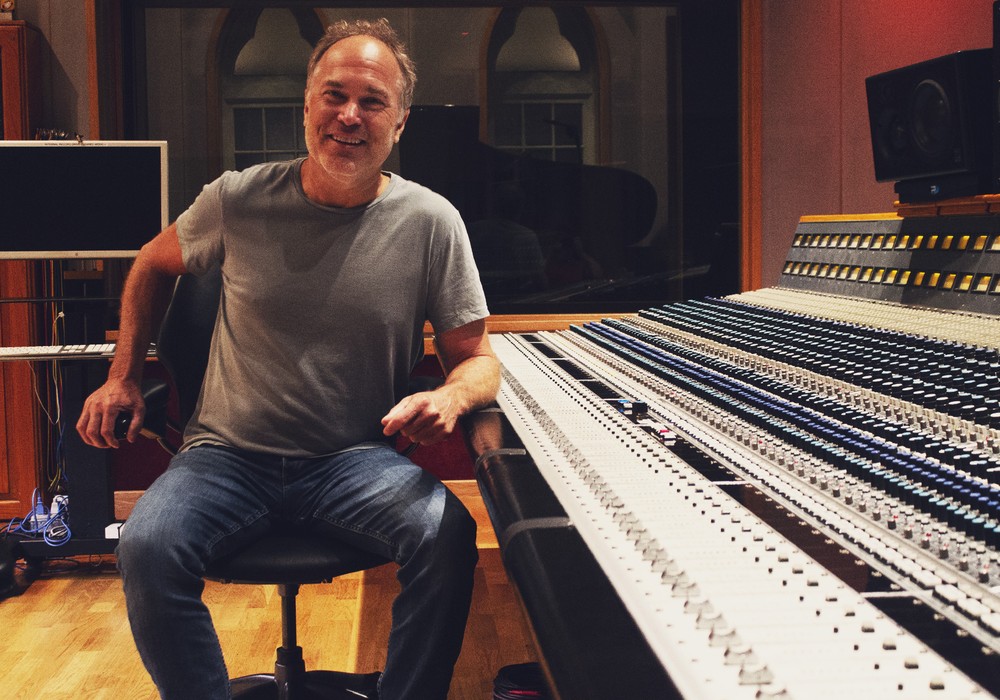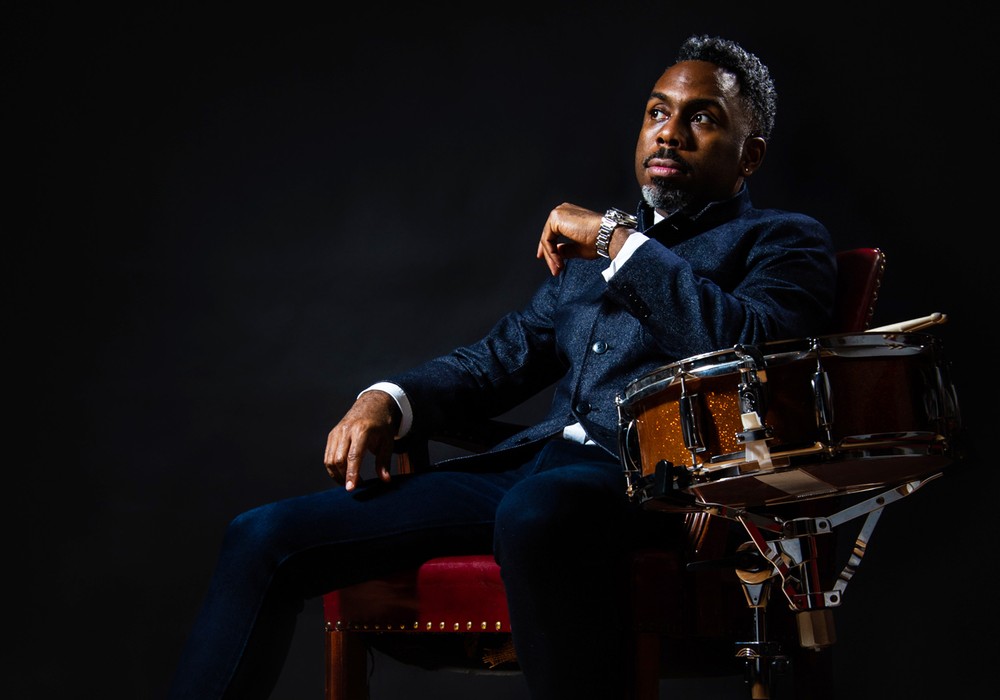In theory, the proliferation of low cost multi-track recording devices has democratized the recording process and put these tools into the hands of many people who previously didn't have access to them. All of these people would then go on to create works of musical art that would amaze and gratify, as these musical geniuses were heard for the first time. In practice, if you had to listen to all the recordings made on 4- track cassette recorders and low cost digital recording systems, you'd surely want to die. Like the hapless protagonist of A Clockwork Orange, who's forced to view the terrible acts of humanity for hours on end, you'd beg for it to be over. Admit it.
Occasionally heroes emerge from the mist like Beck, with his top 40 single recorded on an 8-track and cheap sampler. But, reason says there must be more, just like reason says that we just can't be the only intelligent life in the universe, right? Well, where are they then? Maybe they're hard to find until they're overexposed like Beck and the dead aliens of Roswell.
Elliott Earls is one example of an artist doing great work that very few people have heard. His music and art would probably exist without the proliferation of the digital tools he uses, but it would be quite different and it's even more likely that you'd never hear it. No major label in their right mind would ever open their checkbooks for Elliott like they do for N'sync and the Spice Girls. Most music these days is pretty cookie cutter and predictable, but Elliott produces unique and experimental but ultimately enjoyable pop music that is very original. A bit of a novelty in 1999. While original, his influences are still present, just mixed in and regurgitated and disparate enough in the first place to keep things fresh. Immediate references would include hip- hop, musique concreté, funk, spoken word, slice and dice, and contemporary practitioners of the above like the Beasties and Beck. Standing on top of this all is a passion for the English language and wordplay, and a deep respect for Henry Miller.
Elliott has two more or less self released multi-media CDs available, Throwing Apples At The Sun and Eye Sling Shot Lions. Each CD is not only a full music CD, but also has a rich multi-media layer. If you think that a lot of multi-media is boring and soul-less, these CDs will probably change your mind. Instead of trying to create bad TV-like imagery you can control, Elliott strips it down to the basics and fucks with the constraints, turning weaknesses into assets. One nice thing about working with, as opposed to fighting the current technology, is that these CDs run fast and never crash your computer.
The only slightly surprising thing about all this if you enter into it from the music, is that Elliott has no training or background as a musician, but is an internationally renowned type designer and graphic designer, albeit an eccentric one who will probably never reach the mainstream status of someone like David Carson. Once you know this, the visual brilliance of the CDs and the eclectic variety of the music begin to make more sense. At this point a more familiar reference point might be someone like Brian Eno, a brilliant musician, and a practitioner of many forms of art.
You studied at Cranbrook, probably one of the most controversial and influential graphic design and art programs of this century since the Bauhaus in Germany. What was that like, and how did it help to form your current aesthetic.
After 4 years of art school, I found that I was 25 years old, wearing a tie and driving a Saab 900 to work each day. I looked at my life and was utterly revolted. Here I was design- ing corporate communications for a living, paying my car payment, and looking for- ward to my two weeks of vacation. I felt the only way to get my life back on track would be to have a few years to really examine my values, and develop some real work. I started to look for the most fucked up anti-establishment art school I could find. It turns out I went to a graduate school for two years that has no teachers, class, grades or any of the other complete horse shit that fucks up the educational process. The mythology of the place stated that you could study anything you wanted as long as you worked with passion. That's what I did.
How did you move from Graphic Design and the visual arts into music? Was their any kind of music program at Cranbrook that you were involved in?
For 2 years I worked on "many-media." I'm not talking about the complete crap that you see on the CD-rom that came with your Acer-XT. I'm talking about nonlinear digital video, spoken word poetry mixed with typographic experiments, still photography and cell phone conversations. So from the very beginning of this process I began to investigate music composition, pop song form and sound. I read a million books on music theory and composition. I made sure that the books I read were one of two dis- tinct types, either extremely simple, or so esoteric that they were nearly impossible for me to understand. This was intentional. Books like David Harp's Instant Rhythm Kit, or Music Theory Made Easy by David Harp, were over simplistic and would map the territory; in other words these books would clearly spell out the rules. For instance they would explain the blues in an almost formulaic way. It would talk about 12 bar blues form and maybe what key the blues would typically be played in among other things. The point behind this exercise would be to do what artists have done since the beginning of time; fuck with form. Now that I had an elemental grasp of the stereotypical form, I'd start composing around that form and try to twist it and bend it. Simultaneously, I would be reading The Computer Music Journal (MIT press) or maybe The Elements of Computer Music. I'd take an extremely sophisticated program like Tom Erbe's SoundHack(1), and I'd convolve two of my simple tracks to get that groove bouncin'. It's very important to me to clarify at this point: I believe in reading absolutely everything you can about theory, music and technology. I believe in rigorous exploration in a systematic way. But, and I can't stress this more strongly, at the point I'm directly working with the music, all that shit is gone!! The song, the tone, the vibe, the groove is the thing! All the preliminary work is gone, if the shit don't bounce, if you can't move your ass to it, you're fucked! And all the books in the world won't help!
On a higher or meta-level, what are the differences and similarities between music and art; design and sound How is the act of creativity universal to all art, be it visual, literary, musical or otherwise? Or, how isn't it?
It's all the same man. I find no difference at all on the deepest level, between writing a song, building an instrument, designing a typeface or editing video. They all come from the same place. It's the manifestation that's different, and that's so minor. To me it's all about mastery. I'm aware of how ridiculous and traditional that might sound, but at the point the artist has come to a profound and deep understanding of his craft, he no longer...
